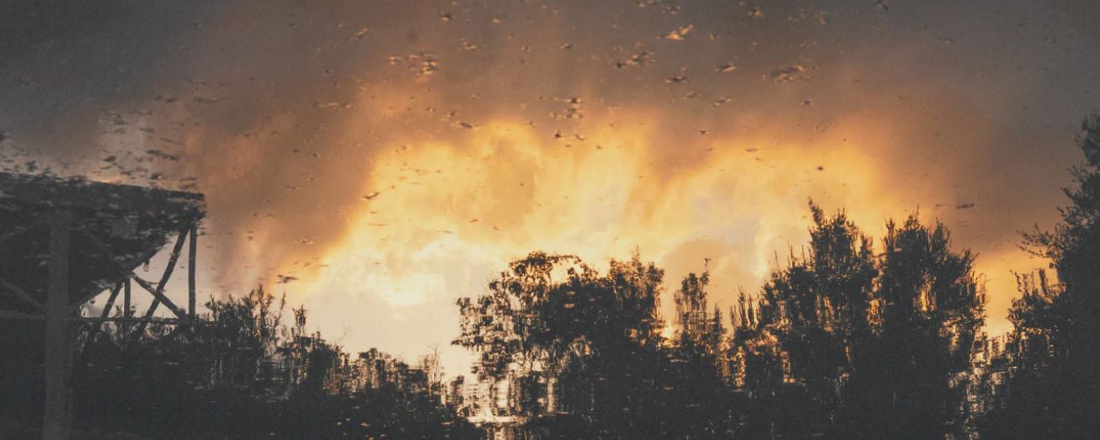
In the News
Wildfire Smoke Can Spread Toxics to Water, Soil, and Elsewhere
- Bloomberg News
-
Focus Areas
Environmental Health -
Issues
Wildfires & Extreme Heat -
Programs
Sustaining Technical and Analytic Resources (STAR)

Wildfires leave behind more than scorched earth and destroyed homes: Rising smoke plumes can contain chemicals that disperse not only into the air but in soil, water, indoor dust, and even wildlife.
Polycyclic aromatic hydrocarbons (PAHs), a class of more than 100 chemicals that can cause cancer and other ailments, is one of those ingredients. As the West continues to suffer more intense and destructive wildfires, the smoke from those fires needs to get a closer look, including how PAHs factor into the load, air experts said.
But research on wildfire-generated PAHs is relatively limited, with scientists instead focusing on calculating particulate matter and not the chemicals found in those tiny particles that are smaller than the width of a human hair. Analyzing for PAHs is more sophisticated and requires chemists, which increases costs. Exposure to many PAHs, rather than a single one, is also common.
People are exposed to PAHs every day and it would be wise to reduce additional exposures from wildfires, said Gina Solomon, a clinical professor in the Division of Occupational and Environmental Medicine at the University of California, San Francisco.

[PAHs] damage our genes and thereby cause mutations, which can cause cancer. The very young and the very old often lack the full capability to repair genetic damage. Wildfires are an additional burden.Dr. Gina Solomon, former director of PHI’s Achieving Resilient Communities (ARC) and PHI’s Science for Toxic Exposure Prevention
Solomon sampled tap water in homes that didn’t burn during 2018’s Camp Fire, the state’s most deadly and destructive fire. Many of the area’s water pipes were depressurized, and the going theory is that smoke was sucked into plumbing pipes, contaminating service lines.
Preliminary screening at University of California, Davis, detected several PAHs in the tap water, but more work needs to be done to verify the constituents, said Solomon, who did her research with the Oakland-based Public Health Institute.
Click below to read the full story in Bloomberg News.
Originally published by Bloomberg News
More Updates
Work With Us
You change the world. We do the rest. Explore fiscal sponsorship at PHI.
Support Us
Together, we can accelerate our response to public health’s most critical issues.
Find Employment
Begin your career at the Public Health Institute.



